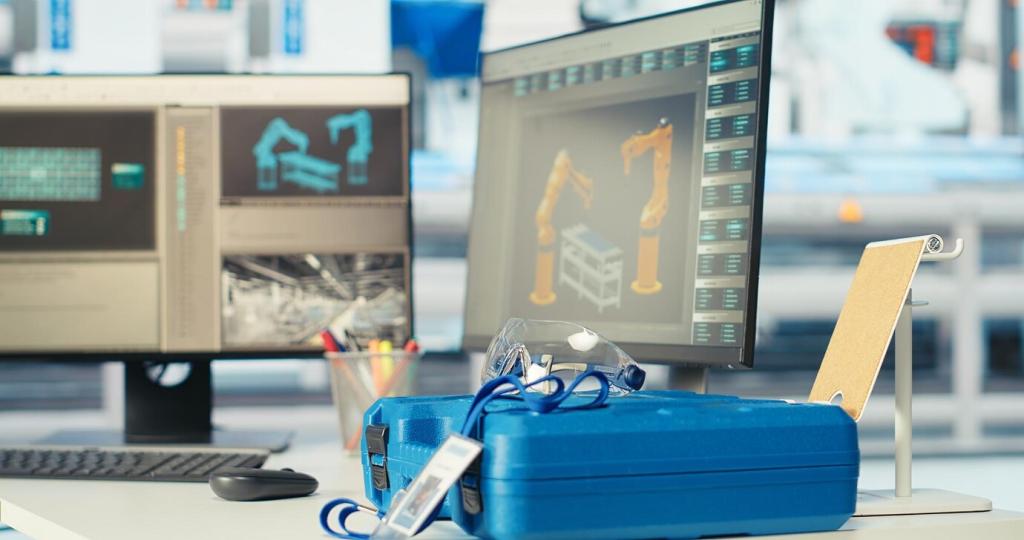Integration Without Headaches
Look for REST or GraphQL APIs, event webhooks with idempotency, and native support for EDI, GS1, and OPC UA. When platforms publish schemas, version changes responsibly, and provide sandboxes, integrations become faster, safer, and far less fragile during seasonal code freezes.
Integration Without Headaches
Great platforms normalize SKUs, locations, lots, and serials across disparate sources, merging duplicates without losing lineage. That harmony prevents mispicks, enables cross‑facility analytics, and lets new channels or automation cells plug in without expensive, brittle translation layers undermining operations later.
Integration Without Headaches
When a night crew complained that two scanners disagreed on carton IDs, the platform team traced a silent prefix mismatch through logs and mapping. A ten‑minute fix restored trust, and operators voluntarily shared more edge cases the next day.
Integration Without Headaches
Lorem ipsum dolor sit amet, consectetur adipiscing elit. Ut elit tellus, luctus nec ullamcorper mattis, pulvinar dapibus leo.






